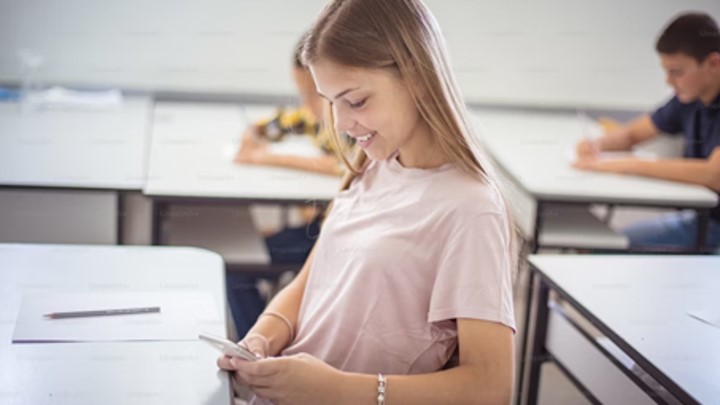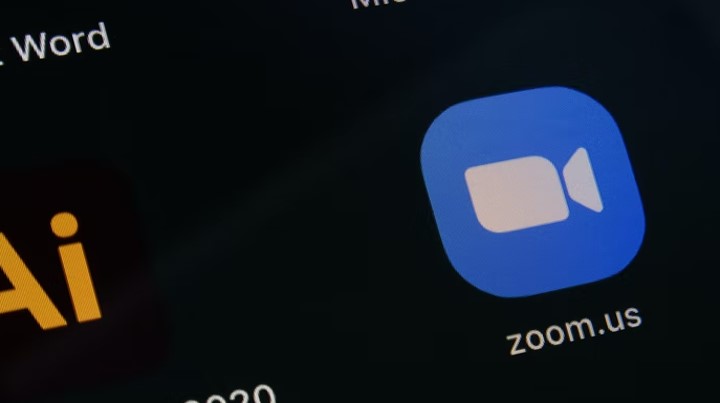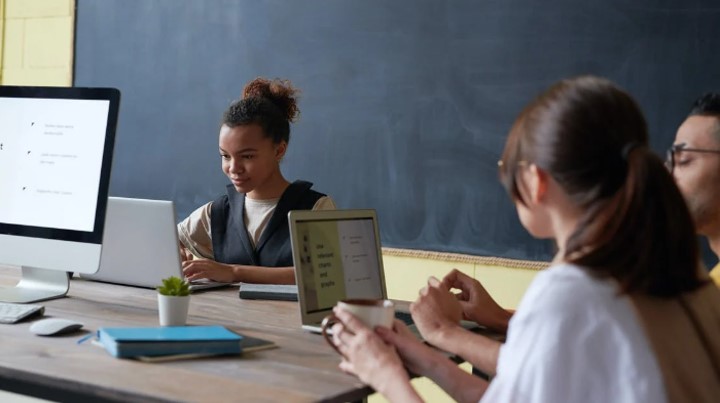Last Updated on April 22, 2023 by Uncle Pat Ugwu
The world we live in today is highly digital, and technology has become an integral part of our lives. It has transformed the way we communicate, work, and even learn. As such, educational technology has emerged as a vital component of modern-day teaching and learning. So we are going to look at the Concepts of Educational Technology.
Educational technology is the integration of technology into the teaching and learning process to enhance the learning experience for students. There are three main concepts of educational technology, and they are: technological tools, pedagogical strategies, and learning environments.
We are making this blog post on the three main concepts of educational technology to make clear distinctions of them. Let us begin from the first one.
Technological Tools
Technological tools refer to the devices, software, and applications that are used to enhance the learning experience for students. Examples of these tools include computers, smartphones, tablets, projectors, and other digital tools.
Technological tools provide students with access to information, communication, and collaboration tools that enable them to learn in new and innovative ways.
Here are a few ways in which technological tools are used in education:
1. Multimedia learning
Multimedia learning involves the use of audio, video, graphics, and other multimedia elements to enhance the learning experience. It can be used to explain complex concepts, demonstrate processes, and provide examples that help students to understand the material better.
When different forms of multimedia is incorporating in learning, it helps to capture and maintain students attention, and can also help to reduce the amount of cognitive effort required to process and retain information.
2. Online resources
The internet is a vast resource of information that can be accessed by students to enhance their learning. Online resources such as educational websites, videos, podcasts, and blogs provide students with additional information that can help them to understand the material better.
3. Virtual learning environments
Virtual learning environments are online platforms that provide students with access to course materials, assignments, and other resources. They also facilitate communication and collaboration among students and between students and teachers. There are good messaging apps that can be good for this collaborations.
This brings us to the second category of the three concepts of educational technology.
Pedagogical Strategies
Pedagogical strategies refer to the various teaching methods and instructional strategies that leverage technology to improve learning outcomes. Pedagogical strategies aim to integrate technology into the curriculum in a way that engages students and supports their learning.
Here are a few examples of pedagogical strategies:
1. Blended learning
Blended learning involves combining traditional classroom instruction with online learning. This approach provides students with the flexibility to learn at their own pace and in their own time, while still receiving guidance and support from their teachers.
2. Gamification
Gamification involves the use of game-based learning to engage students and motivate them to learn. This approach incorporates game elements such as points, badges, and leaderboards into the learning process, making it more enjoyable and engaging for students.
3. Adaptive learning
Adaptive learning involves the use of software that adapts to the learning needs of individual students. The software adjusts the difficulty level of the material based on the student’s performance, ensuring that the student is challenged but not overwhelmed.
You may wish to check our posts on how to cope with children in special needs in the classroom.
Learning Environments
To create effective learning environments that support educational technology, educators and instructional designers must consider several key factors. These factors include the physical environment, the virtual learning platform, and the online resources students will use to access information and collaborate with others.
1. Physical Environment
The physical environment of a classroom or learning space is an important factor in creating an effective learning environment. The layout, design, and furnishings of a classroom can impact student engagement, motivation, and learning outcomes. Some considerations for creating an effective physical learning environment include:
- Classroom layout: The layout of a classroom should be designed to promote collaboration and interaction among students. For example, seating arrangements that encourage group work can help to foster a sense of community and promote active learning.
- Classroom design: The design of a classroom should be visually appealing and conducive to learning. This can include using color schemes that promote relaxation and focus and incorporating elements that support student creativity, such as artwork or inspiring quotes.
- Classroom furnishings: Furnishings such as desks, chairs, and tables should be comfortable, ergonomic, and suitable for the age and size of students. This can help to promote physical comfort and reduce distractions during learning activities.
2. Virtual Learning Platforms
In addition to physical learning environments, virtual learning platforms are an essential component of educational technology. These platforms provide students access to information and resources, enable communication and collaboration with peers and teachers, and support various learning activities. Some considerations for creating an effective virtual learning environment include:
- Platform functionality: The virtual learning platform should be user-friendly and easy to navigate. It should provide students with access to a wide range of resources, including multimedia materials, discussion forums, and interactive tools.
- Security and privacy: The virtual learning platform should be secure and protect student privacy. It should comply with applicable laws and regulations and ensure that student data is protected.
- Technical support: The virtual learning platform should provide technical support to students and teachers. This can include troubleshooting assistance, training, and support for using the platform, and regular updates and maintenance to ensure optimal functionality.
3. Online Resources
Online resources, such as digital libraries, online textbooks, and multimedia materials, can provide students with access to a wide range of information and support learning in innovative ways. Some considerations for creating effective online resources include:
- Quality of content: The online resources should be high quality, accurate, and up-to-date. They should provide students with reliable and credible information that supports their learning.
- Accessibility: Online resources should be accessible to all students, regardless of their location or abilities. This can include providing multiple formats, such as audio or video, to accommodate different learning styles and preferences.
- Integration with curriculum: The online resources should be integrated with the curriculum and support learning objectives. They should be aligned with course content and provide students with opportunities to practice and apply what they have learned.
Final Thoughts
Creating effective teaching learning environments is essential for leveraging educational technology to enhance teaching and learning. By considering the physical environment, virtual learning platforms, and online resources, educators can create environments that support collaboration, engagement, and innovation.
With the right tools and strategies, educational technology can transform the learning experience and prepare students for success in the 21st century.







